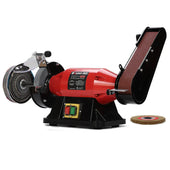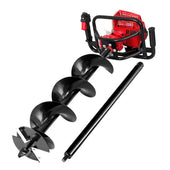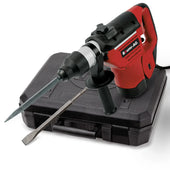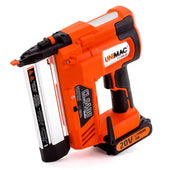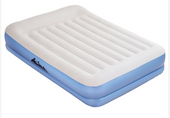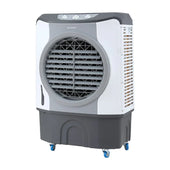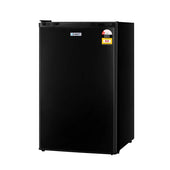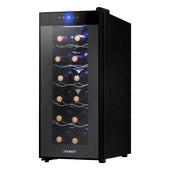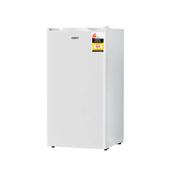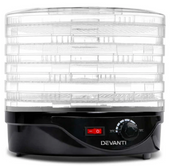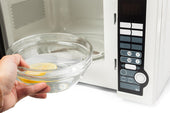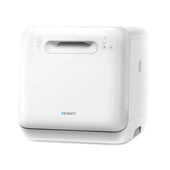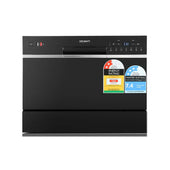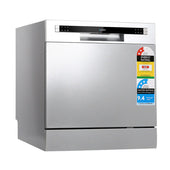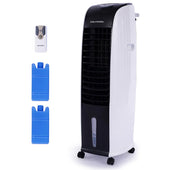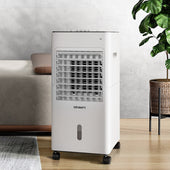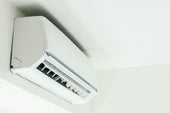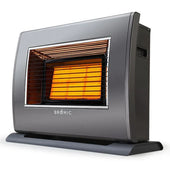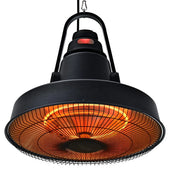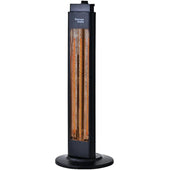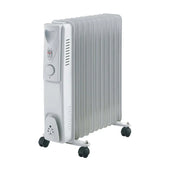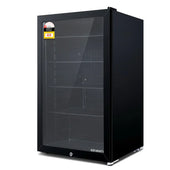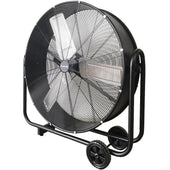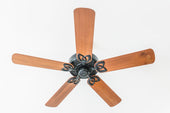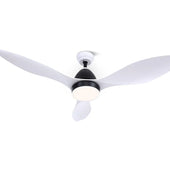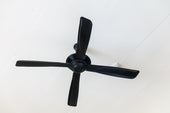Introduction to One-Piece and Two-Piece Toilets
One-piece and two-piece toilets are two common styles that vary in design and functionality. A one-piece toilet integrates the tank and bowl into a single, seamless structure, creating a sleek appearance and simplifying cleaning. In contrast, a two-piece toilet features a separate tank and bowl, connected during installation, which makes transportation and handling easier.
Each design offers unique advantages. One-piece toilets are ideal for modern aesthetics and compact spaces, while two-piece models often provide more configuration options. During days of renovation or replacement, Material quality is consistent across both types, but their structural differences influence maintenance, cost, and installation preferences. Understanding these distinctions aids in selecting the best option.
Key Differences Between One-Piece and Two-Piece Toilets
When comparing one-piece and two-piece toilets, several key differences emerge:
- Design and Structure: One-piece toilets integrate the tank and bowl seamlessly, creating a sleek design. Two-piece toilets, on the other hand, have a separate tank and bowl connected during installation.
- Ease of Cleaning: The seamless design of one-piece toilets helps prevent dirt accumulation, making them easier to clean. Two-piece toilets may have crevices between the tank and bowl that require extra effort to maintain.
- Weight and Portability: One-piece toilets are heavier, making installation more challenging. Two-piece toilets, being separate components, are generally lighter and easier to move.
- Price: Typically, one-piece toilets have a higher price point due to their design and manufacturing process. Two-piece toilets tend to be more budget-friendly.
- Aesthetics: The unified look of one-piece models is often preferred in modern bathrooms, while two-piece toilets work well in traditional or cost-conscious designs.
Each type caters to distinct preferences and practical needs.
Design, Aesthetics, and Style Considerations
When evaluating one-piece versus two-piece toilets, design differences play a significant role in decision-making. One-piece toilets often feature a sleek, seamless design, making them suitable for modern and minimalist bathrooms. Their streamlined form eliminates the tank-to-bowl connection, offering a cleaner and more cohesive look.
Two-piece toilets, on the other hand, provide a more traditional aesthetic. They allow flexibility, as tanks and bowls can be mixed and matched in some models to suit personal tastes and bathroom styles.
Colour and finish options are generally similar for both types, though one-piece designs may appear more polished in gloss finishes due to their uniformity, appealing to contemporary preferences.
Ease of Installation: Which Option Wins?
When comparing one-piece and two-piece toilets, installation complexity varies significantly.
One-piece toilets are typically heavier due to their unified design. This can make handling and positioning more challenging, often requiring two people for installation. However, the absence of separate components eliminates the need to assemble and align a tank and bowl, simplifying the process once the toilet is in place.
Two-piece toilets, on the other hand, are lighter as the tank and bowl are separate. This makes transporting and positioning each component easier, especially in tight spaces. Nevertheless, additional steps like sealing the tank-to-bowl connection and ensuring proper alignment can increase installation time for novices.
Durability and Maintenance: Long-Term Performance
One-piece toilets are generally more durable due to their seamless construction. With no joining seams between the tank and bowl, the risk of leaks over time is significantly reduced. Their solid build also makes them less prone to damage during transport or installation. However, repairs can be costlier since replacing individual components may require specialised parts.
Two-piece toilets, on the other hand, offer flexibility in maintenance. If either the tank or bowl becomes damaged, it can often be replaced separately, making repairs more economical. Yet, the seam between the tank and bowl can accumulate dirt or weaken, increasing potential maintenance needs. Regular cleaning ensures both designs maintain performance over time.
Cleaning and Hygiene: Comparing the Two Options
When considering cleaning and hygiene, both one-piece and two-piece toilets have distinct characteristics that should be evaluated.
One-Piece Toilets
- The seamless design of a one-piece toilet eliminates gaps between the tank and the bowl, reducing the potential for dirt and grime to accumulate in hard-to-reach areas.
- With fewer crevices and joints, these toilets offer a smoother surface, making them easier to clean and maintain routinely.
- They are considered more hygienic due to their integrated structure, which minimises the hiding spaces for bacteria.
Two-Piece Toilets
- Two-piece toilets have a junction between the tank and the bowl, creating a space prone to collecting dust and build-up over time.
- Cleaning around the tank-bowl connection requires extra effort, particularly in tight corners.
- While not inherently unhygienic, two-piece designs may require more frequent and thorough cleaning to maintain a high level of cleanliness.
Space and Size: Which Toilet Fits Your Bathroom Best?
When deciding between a one-piece or two-piece toilet, considering the available space in your bathroom is essential. Each type offers varying dimensions and installation flexibility, making one potentially more suitable than the other based on the layout.
- One-Piece Toilets: These are typically more compact, with the tank and bowl integrated into a single unit. Their streamlined design makes them ideal for smaller bathrooms or powder rooms where saving space is crucial.
- Two-Piece Toilets: Offering a detached tank and bowl, these models can be larger but are available in a wider range of sizes. They may suit larger bathrooms or those requiring a custom fit.
Measuring the bathroom layout ensures proper accommodation of the chosen toilet type.
Cost and Budget Considerations
When evaluating one-piece and two-piece toilets, cost is a significant factor.
- Initial Purchase Price: One-piece toilets tend to be more expensive upfront due to their integrated design, while two-piece options are generally more affordable and widely available in standard models.
- Installation Costs: A one-piece toilet's compact construction can simplify installation, potentially reducing labour costs. However, two-piece toilets, being modular, may require slightly more time and effort to install.
- Maintenance Expenses: Ongoing maintenance costs may vary. One-piece toilets often have fewer crevices, which simplifies cleaning and could lower upkeep expenses compared to two-piece models.
- Repairs and Replacement: Individual parts of two-piece toilets can be replaced separately, potentially saving money over time, whereas a damaged one-piece may need full replacement.
Balancing upfront investment with long-term financial implications is essential.
Common Repairs and Replacement Parts
Repair and maintenance needs differ between one-piece and two-piece toilets.
- One-Piece Toilets: These units lack a separate tank, meaning fewer seams and gaskets are present, which reduces leak risks. However, replacing individual components in case of damage can be challenging; for instance, if the ceramic cracks, repair often requires replacing the entire unit. Their internal parts, such as fill valves or flappers, are generally standard and easier to replace.
- Two-Piece Toilets: With their separable tank and bowl, replacement of individual sections is simpler and more cost-effective. However, the seams and connection points, particularly the tank-to-bowl gasket, may wear out over time, increasing the chances of leaks. Flappers, washers, and fill valves are commonly replaced.
Proper care prolongs the lifespan of both designs. Maintenance needs should factor into purchasing decisions.
Environmental Impact and Water Efficiency
When comparing one-piece and two-piece toilets, their environmental impact and water efficiency are significant considerations. Toilets account for a substantial portion of household water use, making water-saving features critical.
- Water Consumption: Modern options in both styles often include dual-flush mechanisms, allowing users to choose between partial or full flushes. These reduce water usage compared to older models.
- Material Usage: One-piece toilets typically require more material due to their integrated design, which could slightly increase production energy demands.
- Repair and Longevity: Two-piece toilets may allow for easier part replacements, potentially reducing waste over time, whereas replacing the entire unit of a damaged one-piece could have a greater environmental footprint.
Selecting WaterSense-certified models ensures efficient water use without compromising performance.
Suitability for Different Bathroom Styles and Settings
One-piece and two-piece toilets cater to various bathroom designs and layouts.
- One-piece toilets integrate seamlessly into modern and contemporary bathrooms due to their streamlined shape. Their compact design makes them ideal for smaller spaces, such as en-suites or guest bathrooms. Minimal joints enhance their aesthetic appeal and ease of cleaning, suiting high-end or minimalist styles.
- Two-piece toilets complement traditional, rustic, or vintage-inspired settings, offering timeless elegance. Their versatility in size allows them to fit in most standard bathrooms. Customisation options for tank styles make them adaptable to eclectic decor themes.
The choice between the two depends on the bathroom’s dimensions, decor preferences, and functional needs.
Pros and Cons of One-Piece Toilets
Pros
- Streamlined Design: One-piece toilets feature a seamless design, offering a modern aesthetic that complements contemporary bathrooms.
- Easier Cleaning: With no crevices between the tank and bowl, cleaning is more straightforward and prevents dirt or grime build-up.
- Durability: Being constructed as a single unit reduces the likelihood of leaks caused by loose tank connections.
- Compact Size: These toilets are generally more compact, making them ideal for bathrooms with limited space.
- Ease of Installation: One-piece models often come pre-assembled, simplifying installation.
Cons
- Cost: The price of one-piece toilets is typically higher than two-piece models due to their construction and design.
- Weight: They are heavier, which can make transport and installation more challenging.
- Replacement: If damaged, the entire unit must be replaced rather than just a single component.
- Limited Options: Fewer styles are available compared to two-piece toilets, potentially limiting design choices.
Pros and Cons of Two-Piece Toilets
Pros
- Affordability: Two-piece toilets generally cost less than their one-piece counterparts, making them budget-friendly.
- Ease of Installation: As the bowl and tank are separate, handling and moving the components is often simpler.
- Availability of Replacement Parts: Replacement components such as tanks or bowls are easy to source, reducing long-term costs.
- Customisation Potential: Users can mix and match tanks and bowls, which offers flexibility in design and functionality.
Cons
- Complex Cleaning: The seam between the tank and bowl can collect dirt, making regular cleaning challenging.
- Size and Bulk: Two-piece toilets are typically larger, which may be unsuitable for smaller bathrooms.
- Potential for Leaks: The connection between the tank and bowl can deteriorate over time, increasing the risk of leaks.
- Less Stylish Design: Compared to one-piece models, two-piece toilets often lack a sleek, modern appearance.
User Comfort and Ergonomics
When evaluating user comfort, both one-piece and two-piece toilets cater to standard human ergonomics, but subtle differences exist. One-piece toilets are often streamlined with a lower profile, making them suitable for individuals seeking an integrated, compact design. This may benefit shorter users or those with mobility challenges.
Two-piece toilets, on the other hand, may feature higher seat options, which can accommodate taller users or those who find elevated seating more comfortable. Additionally, the seat and tank being separate allow for more flexibility in customising height and design.
Both models also support different seat styles and shapes, such as elongated or round, to further enhance user comfort preferences.
Final Thoughts: Making the Right Choice for Your Bathroom
Choosing between a one-piece and two-piece toilet often depends on individual preferences, bathroom layout, and maintenance needs. A one-piece design appeals to those prioritising aesthetics, compactness, and easier cleaning, while two-piece models offer flexibility in installation and affordability.
Consider the available space in your bathroom; smaller areas may benefit from the streamlined form of a one-piece, whereas larger bathrooms can accommodate either design comfortably. Evaluate long-term care and repair requirements, as two-piece toilets tend to allow easier access to parts for servicing. Material quality and flushing efficiency should also weigh into the decision for a practical and durable option.



